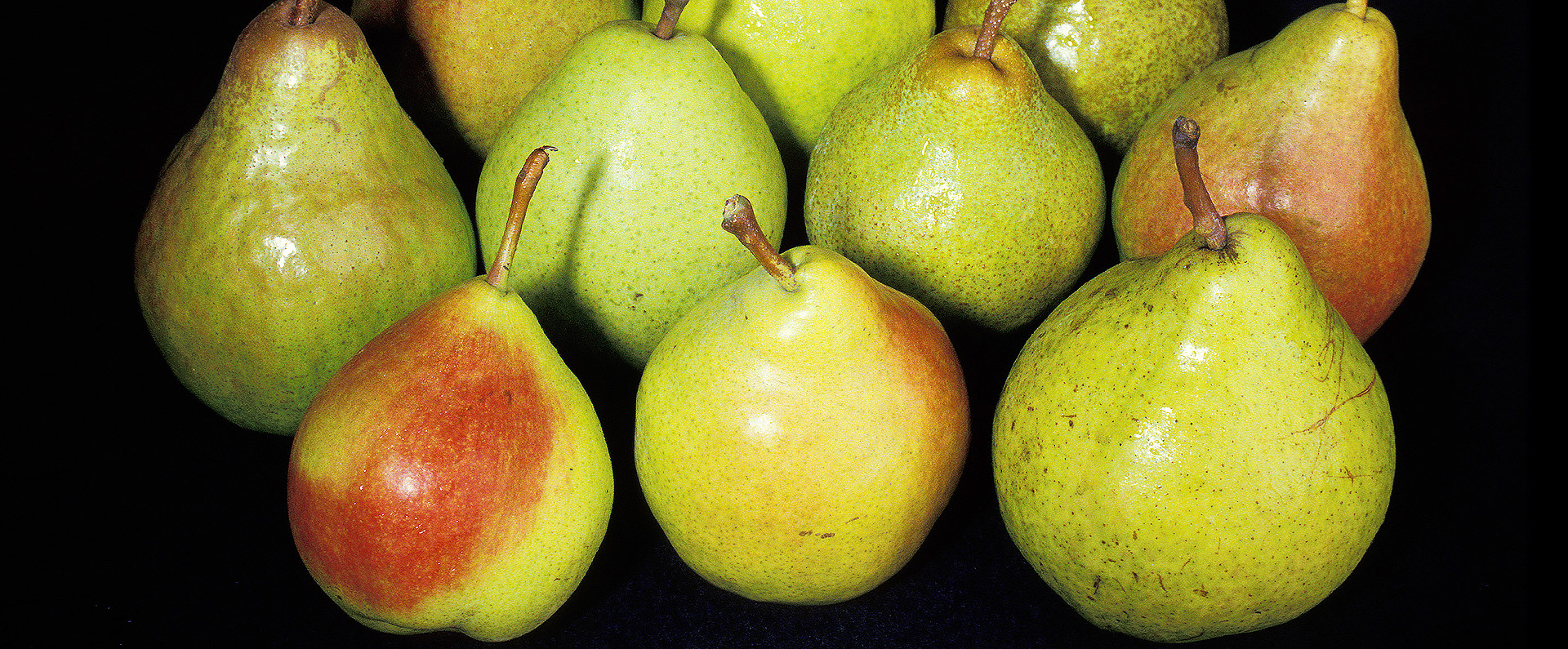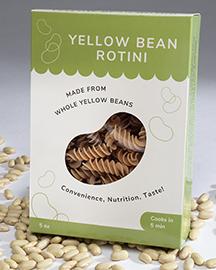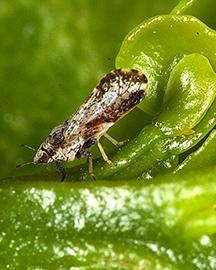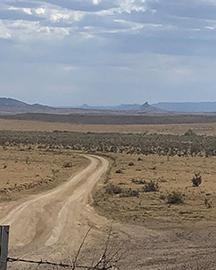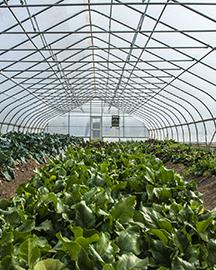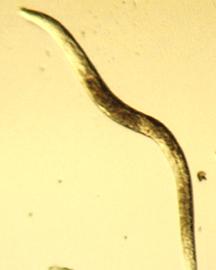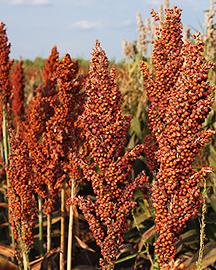One Plant’s Pest is Another Plant’s Benefactor
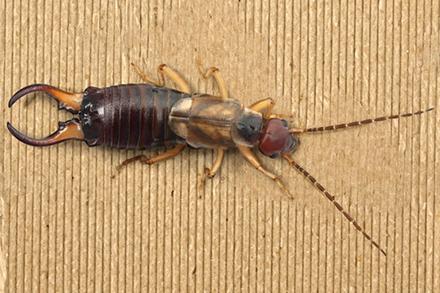
When it comes to the insects known as earwigs, there is good news and bad news. The bad news is that they are pests of stone fruits, such as peaches and cherries. The good news, however, is that for pome fruits, such as apples and pears, earwigs are voracious natural enemies of pests. Now, researchers at the Temperate Tree Fruit and Vegetable Research Unit in Wapato, WA, working with colleagues at Washington State University and Oregon State University, are putting that contrast to use, by developing techniques to trap and transfer the insects from stone fruit orchards to the pome fruit orchards where they are beneficial.
The researchers have demonstrated that earwigs can be mass-trapped from trees using cardboard rolls. The technique is cheap, uses off-season labor, and encourages the use of milder pesticides in orchards where the earwigs have been released. And it’s catching on: in Washington and Oregon, prime fruit-growing states, several large producers are now assembling earwig teams to transfer the insects.
Related Information
Research Project: Integrated Approach to Manage the Pest Complex on Temperate Tree Fruits


